PORTLAND, OR (1991) "Nirvana @ Satyricon"
The cool thing about out-of-town bands was they brought a little bit of their local scene with them.
One thing I liked in my early Portland music days was seeing bands from other cities. They always made sure to put that on the poster, so I guess other people liked it too. It made the show sound more interesting: Superchunk (from North Carolina!). The Faint (Omaha NE). The Pink Section (from SF CA!).
The thing about out-of-town bands was they brought a little bit of their local scene with them. Sometimes it was pretty much what you would expect. Bands from SF would be artsy and sexually ambiguous. Bands from Texas would have a singer who pulled down his pants. Bands from college towns would have that one guy with the style and demeanor of a Comparative Literature major.
But there’d also be more subtle details. Some style trend that was specific to that town or scene. A certain kind of haircut. Wearing your belt buckle on the side. Attaching a particular button or bandana a certain way. You’d think: maybe that’s what everyone does in Madison, Wisconsin.
In 1979 a band called DNA from New York City came to Portland and played our one fledgling punk club. I was in high school. A bunch of us local kids went. We were all wondering: What would an underground band from New York City be like?
DNA came on stage. The guitarist was really tall and was wearing black slippers, skinny black pants (tights?) and a floral shirt. The drummer was a tiny Asian woman wearing a shapeless poncho-like garment. The bass player—dressed all in black—just stood there looking bored and “street corner cool”.
When the first song started, the DNA guitarist began strutting around the stage like a chicken. Then he did some improvised ballet moves. The music was unintelligible noise rock. Not even rock. Just noise. Weird sounds. Confusing rhythms. What the fuck? we all thought. This is what people in New York City like?
That summer, The Dils from L.A. came to Portland. Their big single was “I Hate the Rich”. We were standing outside the Linton Community Center when they came pulled up in their van, just an hour before the show. They came lurching out, wearing cowboy boots, filthy jeans and Keith Richards haircuts. Very unusual for a punk band. But in LA maybe people did that. Or maybe they were rebelling against “the punk rock handbook”. We didn’t know. They did look cool though. They looked like rock stars. Which was very LA.
D.O.A. played that same show. They were from Vancouver BC and were classic, over-the-top, neanderthal punks. Lead singer Joey Shithead was chubby, sweaty, slobbery. And he had a big mouth. The other guys were equally nuts. Randy Rampage on bass. Chuck Biscuits on drums. To me Vancouver BC was more of a sophisticated place, being one of Canada’s primary cultural centers. But the only band from Vancouver that was popular enough to tour the U.S., was Joey Shithead and D.O.A.
Naturally, if a band sucked their style would probably suck too. But the bands that were good enough to make it to Portland from Toronto or Athens, GA or Austin, TX brought news of distant lands with them.
Bands from faraway places always had some unusual thing about them that you’d never seen before. Maybe it was musical. Maybe it was the way they talked to the audience. Or their clothes. Or their equipment. Or their stage presence. But in each case, you were getting a glimpse of the place they had come from.
Pere Ubu came all the way from Cleveland to play at one of our dumpiest Portland venues. This was when I was in college. There was a big buzz around them at the time. They were some sort of noise-rock art-project thing. The main guy looked like a drunk, twenty-year-old bank teller. The rest of them dressed like college professors. Their sound was random and atonal but with an aggressive punk tension running through the whole mess. You couldn’t slam dance to it. But it definitely held your attention.
Bands that had girls in them were always fun to see. During that first punk/indie wave (1978 to 1982?) a girl riding around the country in a van full of smelly boy musicians was not that common. So if you saw one you took notice. Often they were keyboard players, which was good because they had to stand in one place and you could get a good look at their shoes, their socks, their mini-skirts or black jeans, their makeup, their wig, or whatever. Like, say a band from Albuquerque shows up. With a girl in it. You think: what sort of hairstyles do the punk girls have in Albuquerque? Chances are, she would have that hairstyle. Not to mention that if a band from Albuquerque came to your town, you had to assume those four or five people were half of the entire music scene of their city.
In some cases, when a band hailed from a real backwater town (Fresno, Wichita, Duluth) they could barely muster enough cool musicians to make one complete band. Consequently, some of their members weren’t punk/indie at all. So they had that one guy who was into Rush or Santana and had feathered hair and designer jeans. But you forgave them. Because that’s how it goes in a small town. And give them credit if they made it this far.
Another time, back when I was in high school, I went to see the Talking Heads. I had heard of them, but I hadn’t seen them. Like literally. I had no idea what they looked like. When they came out they were all wearing matching grey jumpsuits. The first couple songs weren’t so great. I waited to hear “Take Me To The River” which was the only song I knew, because they played it on the radio. Meanwhile I watched them do their robotic dance moves, which seemed kinda stupid. Turned out they weren’t the Talking Heads. They were a DEVO-style robot band from Seattle. They played for thirty minutes and THEN the Talking Heads came out. The real Talking Heads looked like they were from New York. Understated style. With a certain cold aloofness.
Another band from Seattle were called the Blackouts. Seattle did not have a lot of notable bands in 1979. Portland had The Wipers who were probably the best band in the PNW. But word on the street was that the Blackouts were cool. So a bunch of us went.
They started their set and they were pretty much what you’d expect from Seattle, which to me was more of a art-band city than punk rock. The Blackouts were somewhere in between. Their music was sparse, with some dissonance and some cool stops and starts. Kinda angsty. But fun to watch. The lead singer guy did this odd hopping motion when he sang. They looked like art school types but there was something relentless about them too. Later, I stole the lead singer’s hopping move, when I sang in my own band back east. It was a good move. And it came naturally to me, once I started doing it, so it wasn’t really stealing.
Then, in the summer of ‘83, while a student at NYU, I saw one of my favorite bands live in person: Minor Threat from Washington DC. Of course I’d heard their records and heard many stories about them. Still, I was curious what they’d be like in person, being from DC. Would there be something about them that was distinct to our nation’s capitol?
Yes, there was. First off, they were very clean cut and normal looking. Almost as if they wanted to fool you into not taking them seriously. When they came on stage, the guitar player looked like a freshman on his first day at college. The bass player was wearing nerdy wire rim glasses and could have been a clerk at a bookstore. Ian McKaye, the lead singer (twenty-two yrs old at the time?) had his trademark shaved head, his shorts, his Vans. Very modest was how they came across. They had good, basic equipment (Marshall amps). No gimmicks or stage affectation. It kind of made sense in a way. DC has a reputation for turning out thoughtful, idealistic bands, possibly in response to their city being filled with so many nasty psychopathic adults.
Anyway, Minor Threat stood there for a moment, then counted in the first song and then literally EXPLODED with the tightest, most precise, most killer punk rock songs you ever heard. They were the best punk rock band in the world in ‘83. In fact, the freshness of their sound gave birth to a whole new musical genre, the infamous HARDXCORE movement. Which became its own weird histrionic subculture.
Many years later, when I’d become an old man of 30, I was living in Portland and working at Powell’s Bookstore and I went to see the Lemonheads (Boston) and Nirvana (Olympia) at our popular local club Satyricon. I had heard Nirvana’s first record and liked some of the songs. They were one of many new bands doing a kind of punk/acid-rock fusion. This new style was mostly born out of the Portland/Olympia/Seattle circuit. Mudhoney from Seattle was the biggest of these bands initially, with their seminal hit: “Touch Me I’m Sick”. Mother Love Bone (precursor to Pearl Jam) was also a big draw.
The band members of this emerging subgenre would dress like little kids—deranged, feral little kids. The playing was often ragged and raw and the song lyrics tended toward nonsensical or intentionally dumb. A lot of the songs were about drugs, Seattle and Portland both being big heroin cities. I saw Mudhoney play a college party a year or two before this, and it was a very druggy vibe. That was the NW mood as the 1990s began. Drugs and rain and mud streets and depression. And big heavy guitars that droned on and on (The Melvins).
Nirvana were considered an Olympia band at that time, Olympia being full of weirdo student geniuses (Evergreen State College). When I got to Satyricon, Nirvana had just started playing. From the back I thought the big tall guy jumping around was the main guy. But getting closer, I saw there was another, smaller guy who was wearing a thriftstore sweater that was way too big for him. The small guy was the one actually singing. The big guy was playing bass.
The mix made it so you mostly heard the bass lines which were catchy and cool. You could tell these were solid, satisfying songs. You couldn’t really hear the vocals though. Sometimes there’d be a chorus that you could hear. The guitar was so fuzzed out it got lost in the mix. It was like all these bands had heard the acid-fuzz guitar on Donovan’s “Hurdy Gurdy Man” and decided to make a whole musical genre out of it.
As the gig went on the sound got better. By mid-set, the bass and drums were locked in. They were killing it. The crowd was bouncing off the walls. People loved it. And they loved the strange little guy singing, with his greasy hair and the old ratty sweater hanging off him like a homeless person. I looked around: the room was absolutely crammed with people.
Nirvana finished their set and then the headlining Lemonheads were due up. The Lemonheads were a power-pop band from Boston. They were very college-rock in appearance. Their lead singer, Evan Dando, was super handsome in a male model kind of way, which was not a quality Portland audiences especially appreciated.
The Lemonheads didn’t come on right away as the crowd was still ecstatic and exhilarated from Nirvana. People needed a drink. They needed to smoke a cigarette. They needed to go outside and talk about what they had just seen. The Lemonheads had to wait in their dressing room. It was a classic “how do we follow that?” situation.
The whole stage area emptied out, which was unusual. The afterglow of the Nirvana set continued to vibrate in the air. Nobody cared about the Lemonheads, it seemed. Or maybe ignoring them was a statement against their power pop sensibilities.
More time went by and the Lemonheads still didn’t come out. People were saying “Nirvana blew the Lemonheads off the stage!” That was another common phrase people used to describe these situations.
Finally, an hour or more later, the Lemonheads came out to play their set. I was one of the dozen or so people who stayed to see them. The poor Lemonheads. Music is a brutal business. But they got through it. They finished with “Here’s To You Mrs. Robinson” which was their big hit at the time. It played all the time on MTV. And of course, Nirvana would eventually be on MTV as well.
The Faint (Omaha, Nebraska):




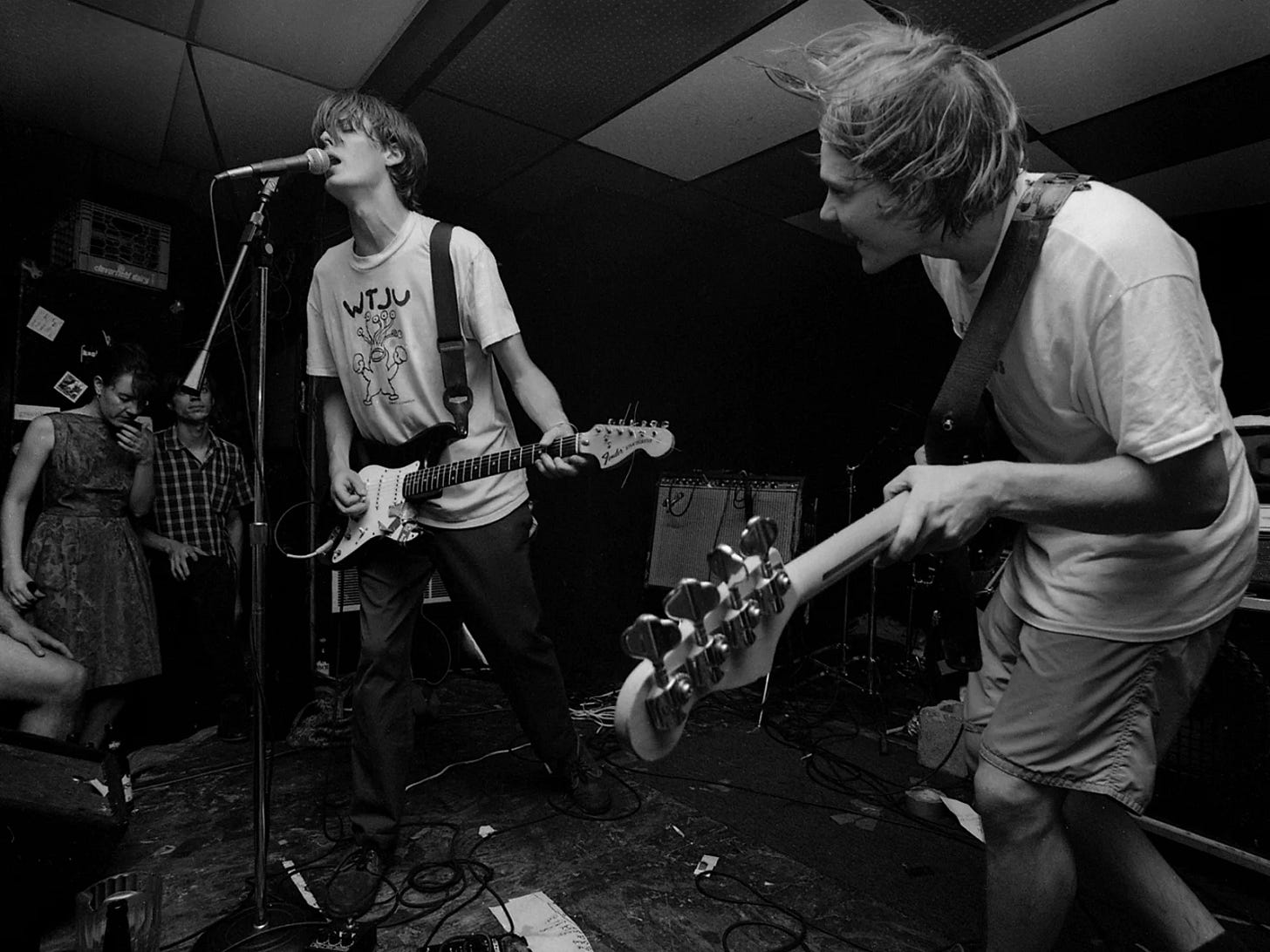
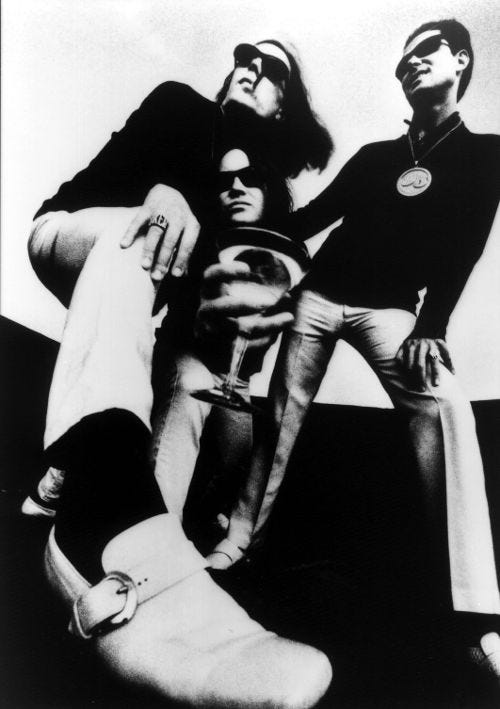
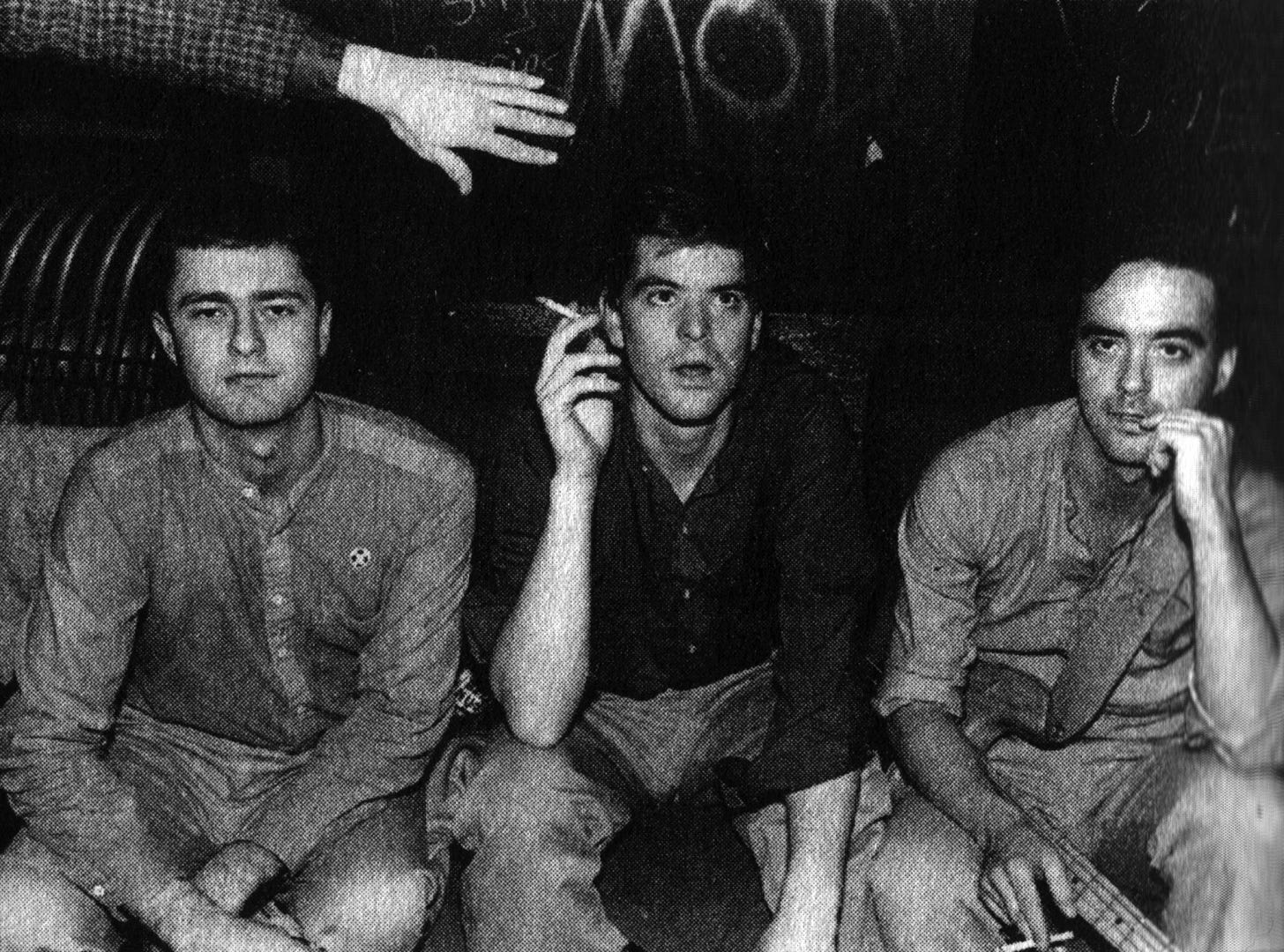

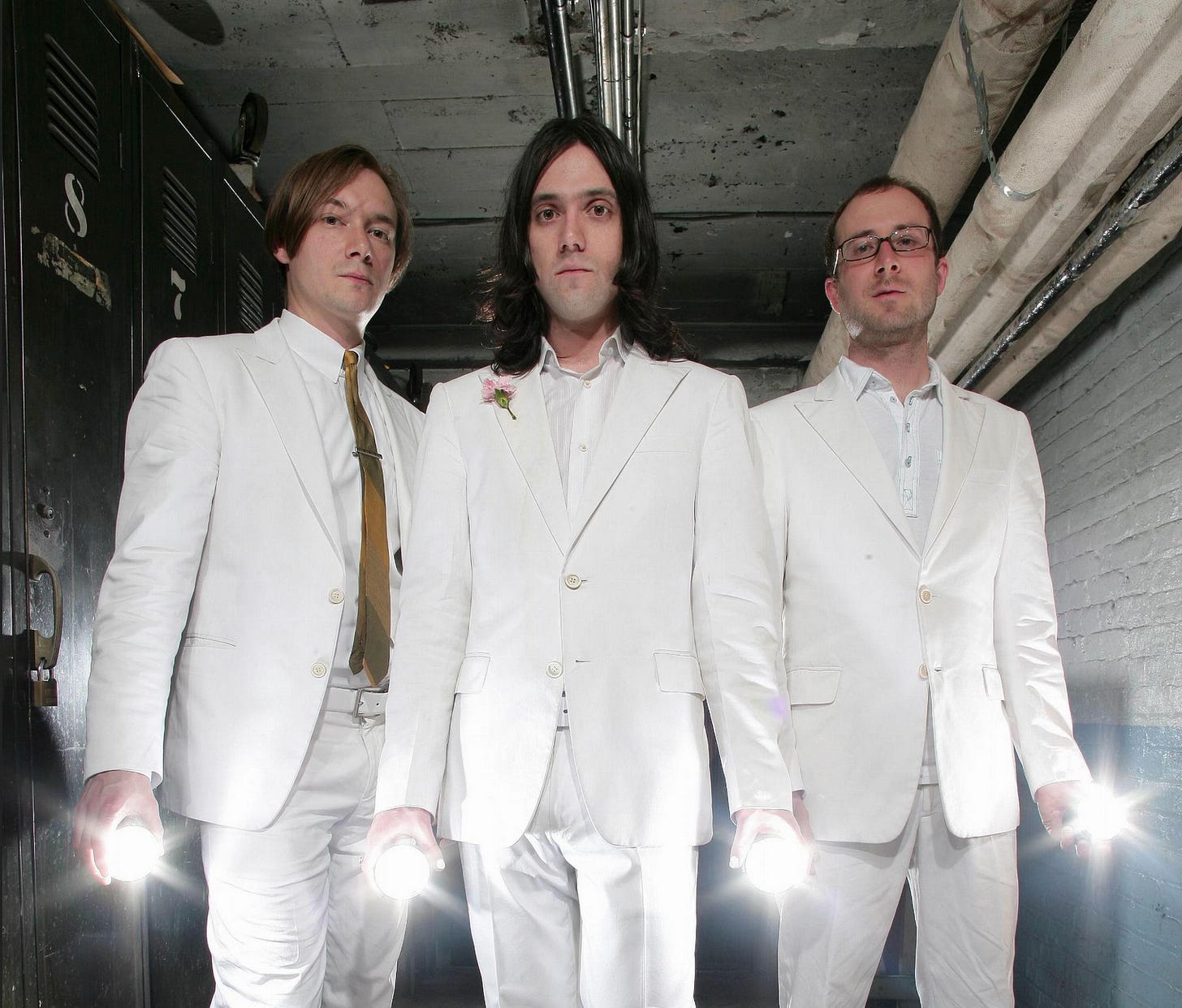
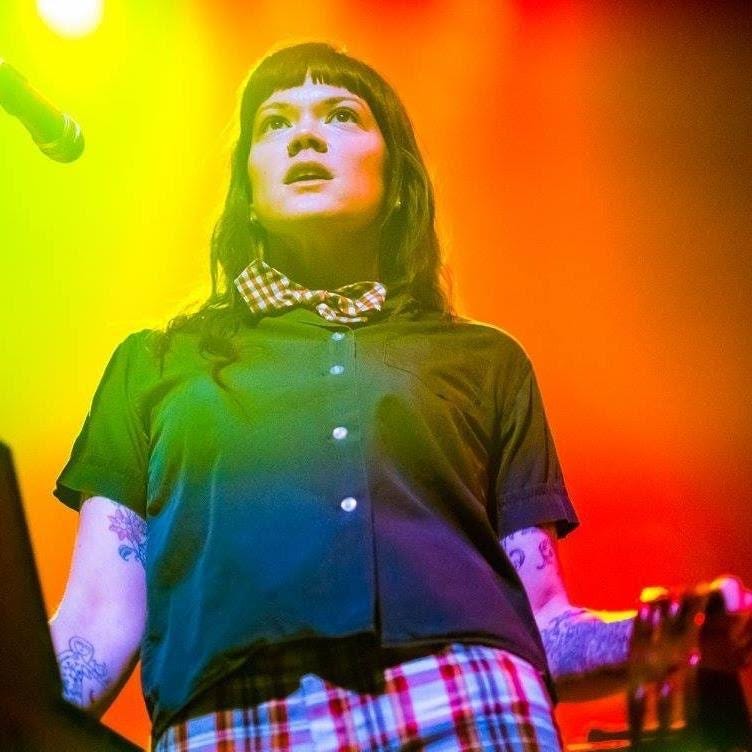

Wow. Fun times. Despite being from Portland and a frequent visitor to Seattle I never got a chance to see Nirvana live and I've always regretted that. It would've been an unforgetful experience, especially when they were relatively unknown.
From what you described, it sounds like even then, Nirvana had that "something" that people could pick up on.
Cheers
Did you notice that Boston bands somehow always fell short out of town? I count all of New England including Providence as "in town." I think the incredibly supportive, friendly, and even loving ecosystem of bands and fans in New England made those bands into hot house organisms that could not flourish in more hostile environments. Bands that absolutely KILLED on their home turf -- Neighborhoods, Lyres -- were somehow not quite the thing in Chicago. Chicago crowds dared the band to impress them, they stood with their arms folded and sneered. Classic tough crowd.
But still, bands from other places could come to Chicago and tear the roof off the place and get the crowd going. So it was not just out of town, it was Boston.
One example The Chesterfield Kings played a superb, powerful show to a packed room at Batteries Not Included (a great place, long gone) and whipped the crowd into a frenzy. I remember after the show, all the tables and chairs were tipped over and pushed into heaps in the back corners, the walls and ceiling were literally beaded with dampness from the sweat of the crowd, the floor was a sticky crust of spilled beer and cigarette butts and some broken bottles. My girlfriend's band opened, and they were packing up, so I was there after the crowd dispersed. The owner, Mark, a rock'n'roll soul from Haiti of all places, was standing amidst this shambles. I though he would be bummed about the mess he had to clean up. Nope. He just said, with a huge smile, "What a band!" That night, they were as good as it gets.